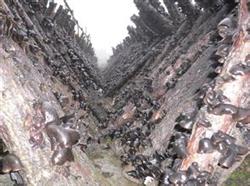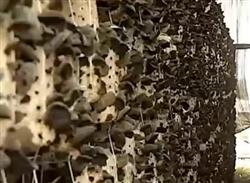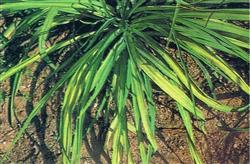New technique of planting Auricularia auricula on the ground

1. Auricularia auricula, a kind of wood-rot fungus, belongs to medium-high temperature mushroom, its mycelium growth temperature range is 6: 35 ℃, the best is 22: 280C; the general temperature range for hair growth and growth is 15: 35 ℃, and the optimum temperature is 20: 28 ℃. According to the above characteristics, experts suggest that in the northern areas with Shandong, Hebei, Shanxi and Henan as the center, autumn production can be arranged from August to October. However, due to the differences in geography, temperature, cultivation patterns, cultivation places and management techniques, the specific cultivation time should be adjusted instead of dogmatism. According to the planned ear time, the production of bacterial bags can generally be pushed forward for about 45 days, but it should be calculated according to the conditions of base material, formula, culture temperature, the amount of loading and the characteristics of the strain, and grasp a principle: "better early than late". 2. Strain selection is generally in areas with traditional cultivation, such as "leading species" adapted to local conditions in all parts of Northeast China, but in non-main producing areas and new production areas, when there are no species in charge, they should be carefully consulted. Try to select local or similar local conditions of bacteria, and under possible conditions, try to arrange ear test and comparison test. Formula 1: 220 kg of sawdust, 30 kg of wheat bran, 1.5 kg of sucrose, 5 kg of calcium superphosphate, 3 kg of gypsum powder, 0.8 kg of urea, 0.5 kg of potassium dihydrogen phosphate, 1 bag of success and 1 bag of three-dimensional nutritional essence of edible fungi (mixed type). Formula 2: 160 kg of sawdust, 60 kg of cottonseed shell, 30 kg of wheat bran, 1.5 kg of sucrose, 5 kg of calcium superphosphate, 3 kg of gypsum powder, 0.6 kg of urea, 0.5 kg of potassium dihydrogen phosphate and 1 bag of three-dimensional nutritional essence of edible fungi (mixed type). Fourth, the raw materials such as non-moldy broad-leaved tree sawdust are selected for the base material treatment, and after measuring according to the formula, in addition to the three-dimensional nutritional essence of edible fungi, add water and mix well, according to the texture of the raw materials and the air temperature at that time, build a pile of raw materials for 2-4 days, make it fully absorb water and soften, prevent sawdust spikes from piercing the plastic bag, and under appropriate moisture and temperature conditions, some miscellaneous bacteria spores begin to germinate, which is beneficial to improve the effect of sterilization. After the material is finished, spread out the material pile, cool down and mix at the same time. First, dissolve the three-dimensional nutrient essence of edible fungus in water, spray it evenly in the material, mix well, and then adjust the moisture content of the base material to about 63%, the pH value is 7: 7.5, and the material temperature is below 28 ℃ or at room temperature.
- Prev

New cultivation techniques of Auricularia auricula
(1) Tree selection: there are many tree species suitable for the growth and development of Auricularia auricula. However, it is necessary to take measures in accordance with local conditions, and choose tree species that are rich in local resources and easy to grow fungus, except for tree species such as turpentine, essential oil, alcohol, ether and economic trees, other tree species can be cultivated. At present, the commonly used tree species are Quercus variabilis, Quercus variabilis, Quercus mistletoe and bark.
- Next

Storage and fresh-keeping of Lily
[symptom] is generally latent infection. If it is co-infected with lily asymptomatic virus, it will produce chlorotic and necrotic spot symptoms. Cucumber mosaic virus (CucumbermosaicCucumovirus,CMV). The virus is RNA virus, which belongs to cucumber mosaic virus. The virion is spherical in diameter and 30nm in diameter. The genome.
Related
- Fuxing push coffee new agricultural production and marketing class: lack of small-scale processing plants
- Jujube rice field leisure farm deep ploughing Yilan for five years to create a space for organic food and play
- Nongyu Farm-A trial of organic papaya for brave women with advanced technology
- Four points for attention in the prevention and control of diseases and insect pests of edible fungi
- How to add nutrient solution to Edible Fungi
- Is there any good way to control edible fungus mites?
- Open Inoculation Technology of Edible Fungi
- Is there any clever way to use fertilizer for edible fungus in winter?
- What agents are used to kill the pathogens of edible fungi in the mushroom shed?
- Rapid drying of Edible Fungi

